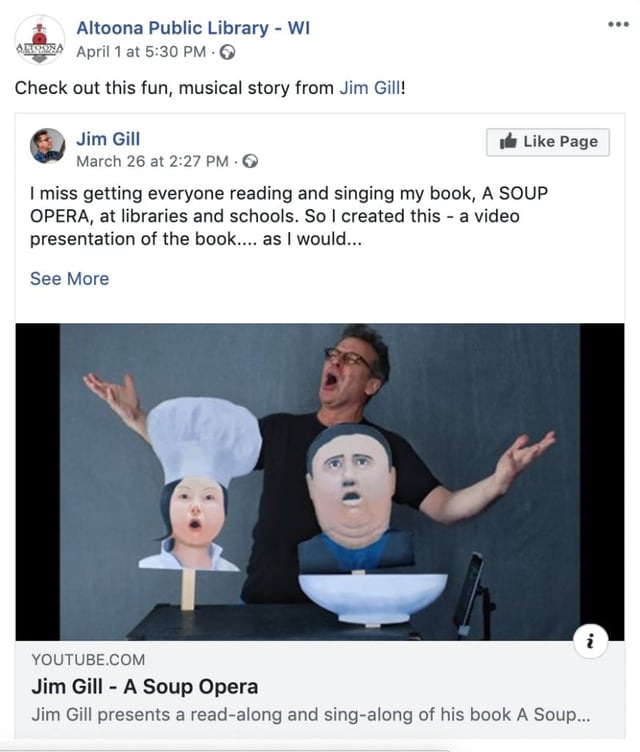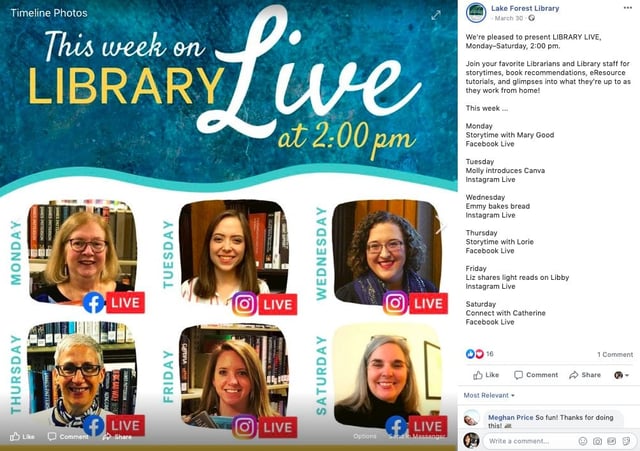5 Approaches Local Governments Have Taken During COVID-19
Lee Feldman
ICMA-CM (ret.)
Stronger together, weaker apart, or so the saying goes. In the wake of the coronavirus era, social distancing has become the norm, and we all need to find a way to stay apart while staying strong. With new guidelines in place, we’ve seen many public events of different scales being postponed or canceled and general shutdowns of many local facilities and services. Yet, through these tough times, our communities continue to support us, share experiences in ways we couldn’t imagine, and provide us with a deeper sense of belonging than before.
Local governments are at the front lines of this crisis and remain key facilitators of the new community's resilience. They equip their residents with the information they need to stay aware of the situation and with ongoing social, mental, and community support. Services formerly administered by our cities are required to adapt and meet the new needs of the time. Public events and recreation facilities that used to provide us with cohesion and joy need to find new ways to continue and deliver these values when social distancing is required.
Over the past weeks, we have seen many local authorities adapting their services and events to the new reality COVID-19 has presented us with. Below are 5 ways they’re doing this:
1. Virtual City Hall
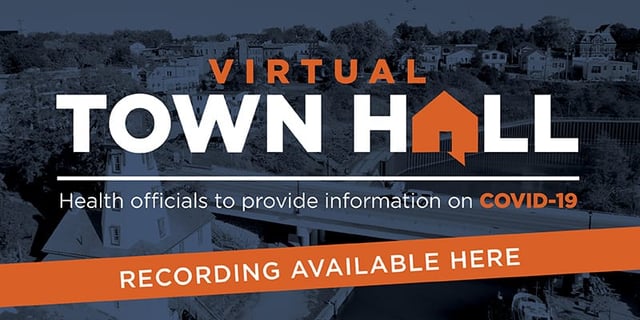
Particularly in times of heightened panic and uncertainty, city halls must continue serving their communities and keep them informed and engaged. From New Orleans, LA, to La Verne, CA, and many places in between, cities are announcing virtual public access to essential local government meetings in their district. To maintain safe social distancing practices, cities have turned to Skype video chats, Zoom conferencing, and Facebook and YouTube live streams for citizens to participate actively in these meetings, and they are! Aurora, IL, ordinarily finds approximately 20-50 attendees at council meetings. However, their latest virtual meeting had 350 attendees.
Government leaders are transparently keeping the public informed with the latest updates on COVID-19 response initiatives through their official city websites. Many cities, including Durango, CO, and Grand Forks, ND, have pages dedicated to their new virtual city hall meetings, including streaming capabilities and summaries.
As city council meetings move to the virtual realm, local governments like Cedar Park, TX, and Venice, FL, encourage public comments and announcements via email and website submission forms. These comments and announcements can then be read aloud at the live assembly and help maintain a sense of normalcy and order.
2. Community Engagement
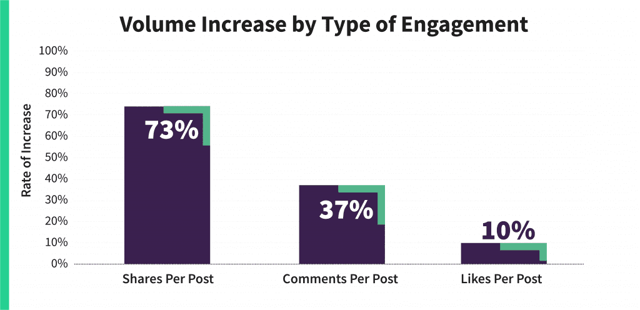
In times of crisis, the ability to communicate in real-time with members of one’s community is of the utmost importance. As they adapt to the times, we’ve seen many cities moving their community engagement outreach into the digital space. For example, government heads in cities like Lemont, IL, and Wellesley, MA, have created coronavirus community Facebook groups to communicate concisely and openly with their community members. These enable cities to provide members with services they can no longer access in person, such as holiday festivities, a list of general resources, and virtual community events.
But that’s not all that’s changed since the onset of the virus. Many official city websites, like Buffalo Grove, IL, and San Francisco, CA, have dedicated pages to keep residents updated on the most recent COVID-19 local news. These pages advise community members on COVID-19-related services, like donations, paying bills online, a list of open businesses, and online resources. Additionally, to ensure their community members’ needs are being met, cities like Fort Worth, TX, and Norwalk, CT, have issued surveys to gauge community pain points and areas of improvement. State College, PA, and the Village of Buffalo Grove, IL, engaged residents with a Zencity Survey to learn about their Awareness and Impact during COVID-19.
We have also seen an uptick in resident discourse and engagement on cities’ official social media pages. Local government teams have begun utilizing social media platforms much more to inform their residents in real time. With an increase in the volume of online conversations, we also know that residents are using digital channels more than ever to find relevant information and to raise their concerns, thoughts, and ideas.
Zencity’s recent findings show that residents are finding true value in the information provided by their city. Many residents are also disseminating these updates by “sharing” this information with their community and close social circles. We are seeing now more than ever how important social media and the digital realm are in keeping communities united.
3. Virtual Parks and Recreation
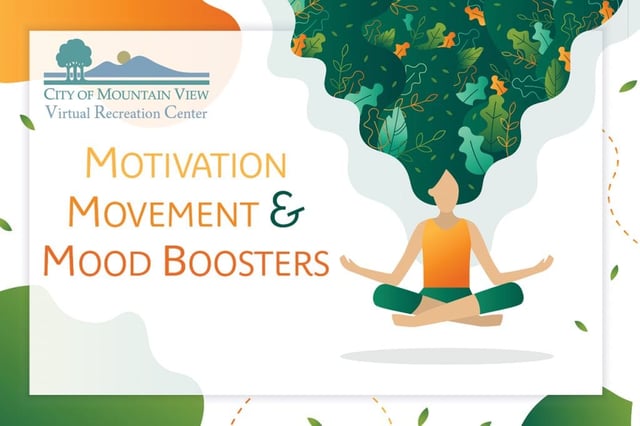
With every recreation and community center’s physical locations closed for the foreseeable future, how are these departments accommodating their services? For those cities trying to maintain a sense of normalcy, like Mountain View, CA, a virtual recreation center was introduced, housing a variety of activities promoting mindfulness, health, and motivation. The Community Services Departments out of Lake Forest, CA, and South Bend, IN, have also been offering resources via the city’s website to inspire their community members to engage in new and creative activities that will, in turn, promote the community’s health and well-being. From virtual art exhibits to online workout classes and museum live streams, residents won’t need to leave their front door to partake in leisurely activities.
One of the best examples we’ve seen of local rec centers truly engaging and encouraging their community members in Reno, NV. In addition to ensuring their community members can maintain a sense of normalcy by providing them with all they need to stay healthy, entertained, and well-informed, the virtual rec center encourages community participation, asking residents for any ideas and resources to include on the page. After all, who knows community members better than the members themselves?
4. Culture, Arts, and Events
Families with small children have been tasked with promoting growth and educational opportunities for their kids despite their unique circumstances. As a result, local governments have made many efforts to help in any way they can. A wonderful example is Greenville, SC’s Virtual Touch-a-Truck Facebook live event, where kids can ask firefighters their burning questions while learning about the important role first responders play in their community, all from the official city Facebook page.
One of the first cultural and entertainment facets affected by COVID-19 was art; as big gatherings and events were banned and social distancing encouraged, artists took the brunt of the blow, seeing sales and commissions dissipate in a matter of days. To combat these hardships, cities like Boston and Cambridge, MA, Denver, CO, and Portland, OR, have all established emergency artist relief funds to ensure work for artists. Boston was the first to do so; as of March 12, the city dedicated half its budget to programming and funding for individual artists. Not every city has the funds to donate solely out of budget; Cambridge has been matching city contributions with donations from community foundations and individual donors. Denver and Portland have been pooling funds to distribute amongst artists, prioritizing those with the lowest incomes.
5. Local Libraries and Book Delivery Initiatives
Coronavirus has now touched every facet of city life, so we have seen public libraries turn to eBooks, audiobooks, live-streaming, or hosting book discussions and storytime for kids on social media. We have also seen libraries nationwide waiving late fees and extending due dates until after the worst of the virus has subsided. The Altoona Public Library in Wisconsin is taking it one step further, not just offering digital library cards so residents can access electronic resources online, but they are also considering the idea of a curbside pickup. Cities like Orlando had a book delivery drop-off in place pre-corona, but since the closing of its physical location, they’ve seen triple requests for books by mail, further indicating the value of library services to communities at this time.
The Power of the Zencity Network
Whether it be a global pandemic, a natural disaster, or terrorist threats, in times of hardships, the power of our local authorities lies in their ability to adapt to the situation quickly and effectively. They are measured by the service and support they provide to their communities. From smaller places like Cedar Park, TX, to metropolis’ like Los Angeles, CA, we can see the true power of urban innovation in addressing the critical needs of residents.
In the wake of the Coronavirus, Zencity is helping local governments stay on top of their community’s discourse, aiding their efforts to meet their residents’ needs. Contact us to see how Zencity can help your community adapt during times of crisis.
%20copy-1.png?width=544&height=120&name=Logo_black%20(1)%20copy-1.png)




